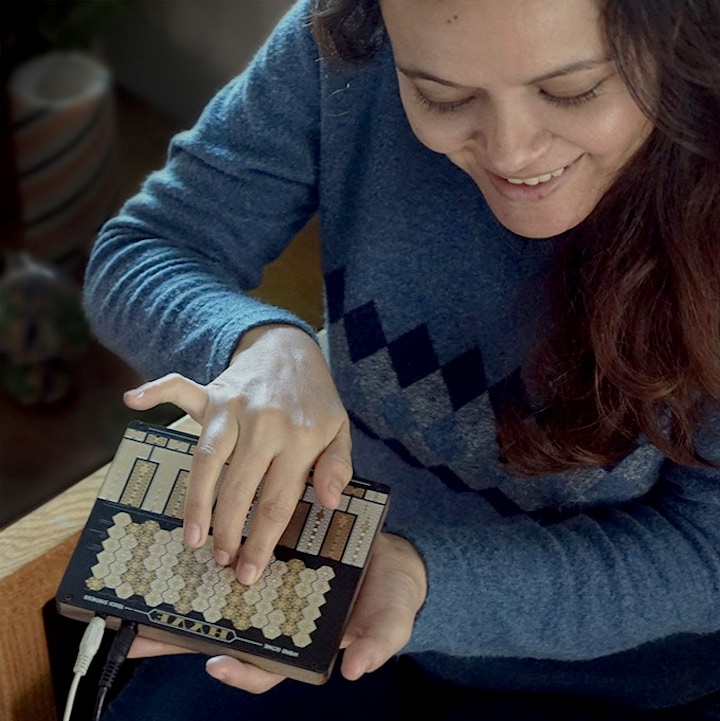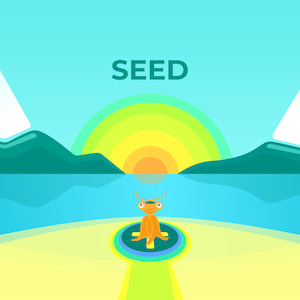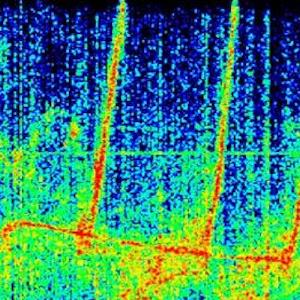Skot Wiedmann, has created the Hyve Synth, an instrument with 60 oscillators, that too in a very compact size, with stunning design ethics and detail. The synthesizer is designed very cleverly using a hexagon bee-hive matrix, touch-sensors connected to a maze of oscillators, sub oscillators, triggering octaves and multiple notes all of which equates to a maximum 60 different voices. Do the Math? 12 principle tuned oscillators and 4 sub-oscillators for each which equals 60. However 60 voices can be cacophony depending on the notes we are pressing upon. Hyve became a much talked about synthesizer project on Kickstarter earlier this year. As a concept and design it created an instant buzz in the world of boutique synthesizers using touch response technology.
Hyve is controlled by pressure, via horizontal, and vertical movements of each finger on the gold-platted black and white sensors. Horizontal movements moves the sound right and left in the stereo field. The sensors can translate the tiniest movements, allowing very subtle expression changes in the pitch and flow of sound. Sweat, moisture and pressure adds up-to the way the oscillators are triggered, also effecting the attack, decay and release. The bottom half of Hyve is represents a mini piano keyboard. Touching the bottom row causes pitch to bend. Very sensitive changes that too!
Hyve has no filters and no effects. No LFO onboard. Though the synth is not very accurate in terms of triggering multiple notes like a standard synthesizer, however with external filters, effects and spatial processing, one can get into very special and far-out sonic spaces, especially in the ambient, drone and deep bass end of the spectrum. The synthesizer is clearly a refreshing little instrument in this day and age of mundane retro-fetish reincarnations flooding the market. We are expecting an update on the Hyve later this year, with enhanced features, or even a new version. The Hyve Store hosts 2 variations for sale, one as a DIY Kit for $149 and the other as Premium (with a travel-case and power supply unit) for $299. The sonic density, design and tactile response makes the Hyve a very curious and attractive synthesizer.
https://www.hyvesynth.com/
Photos via Hyve Kickstarter Page
Hyve is controlled by pressure, via horizontal, and vertical movements of each finger on the gold-platted black and white sensors. Horizontal movements moves the sound right and left in the stereo field. The sensors can translate the tiniest movements, allowing very subtle expression changes in the pitch and flow of sound. Sweat, moisture and pressure adds up-to the way the oscillators are triggered, also effecting the attack, decay and release. The bottom half of Hyve is represents a mini piano keyboard. Touching the bottom row causes pitch to bend. Very sensitive changes that too!
Hyve has no filters and no effects. No LFO onboard. Though the synth is not very accurate in terms of triggering multiple notes like a standard synthesizer, however with external filters, effects and spatial processing, one can get into very special and far-out sonic spaces, especially in the ambient, drone and deep bass end of the spectrum. The synthesizer is clearly a refreshing little instrument in this day and age of mundane retro-fetish reincarnations flooding the market. We are expecting an update on the Hyve later this year, with enhanced features, or even a new version. The Hyve Store hosts 2 variations for sale, one as a DIY Kit for $149 and the other as Premium (with a travel-case and power supply unit) for $299. The sonic density, design and tactile response makes the Hyve a very curious and attractive synthesizer.
https://www.hyvesynth.com/
Photos via Hyve Kickstarter Page




























0 -